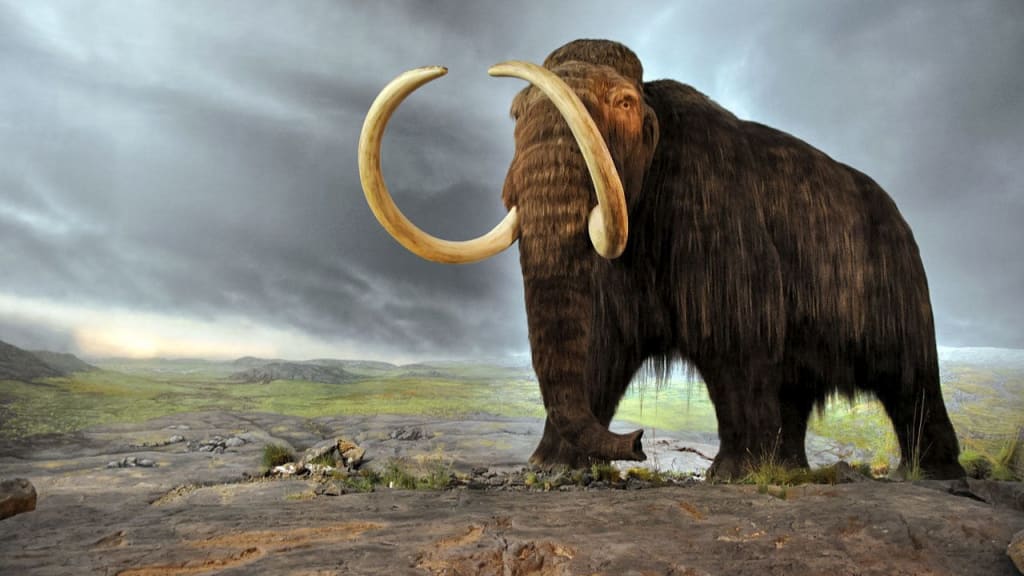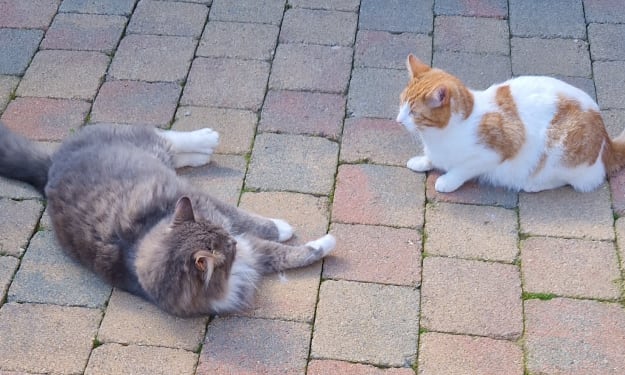11 Species That May Return from Extinction
Gone for good? Maybe not! Scientists are now looking at species that may return from extinction through the use of genetic engineering.

Remember watching Jurassic Park, the film about a park that used genetic engineering to make dinosaurs live once more? It may have been one of the best sci-fi movies of the 90s, but these days, it's starting to look more like a documentary than anything else.
As science quickly approaches the world of science-fiction, advances in multiple fields have started to make it possible to resurrect species that have gone extinct. This is obviously crucial, since we are currently seeing species die at an alarming rate and mass extinction is imminent.
Scientists have started to look at which species will be able to undergo treatment to live once more. Much of it is thanks to genetic engineering (which Gattaca has a problem with, but we don't!) or selective breeding.
Here are the some of the most likely species that may return from extinction within our lifetimes.
Technically, the Horton Plains Slender Loris is not extinct anymore. It has been declared extinct in 2002 after no sightings of the wide-eyed creature had been reported for over 80 years. However, a recent sighting shows that these critters are still around—but in exceedingly sparse numbers.
As of right now, these lorises are in such few numbers, they may not actually survive. Scientists may be able to turn things around with specialized programs, though, so this is definitely a species that may return from extinction twice!
Today, most tigers are around 600 to 1,000 pounds of weight. Could you imagine how awesome it would be to have a tiger that weighs only 300 pounds? Believe it or not, the Caspian tiger was such a tiger—and it died out during the 1960s due to excessive poaching.
The tiger species, which used to roam around Central Asia and the Middle East, has a good chance of being one of the few tiger species that may return from extinction. Scientists are hoping to rebreed Siberian tigers with Caspian traits.
Aurochs were massive bison that lived throughout Europe, and were famous for their unusual strength. Along with their great strength was their great size, which rivaled certain species of elephants.
Hunters used to brag that they killed them as a sign that they were great warriors. Understandably, this caused many people to pursue them. And that's how they all died. Now, they're a species that may return from extinction thanks to a specialized breeding program.
Selective breeding is the name of the game here, and hopefully, we will see real-life aurochs with what remainders of auroch DNA there is in current cattle breeds.
Perhaps the phrase "dead as a dodo" won't be around much longer. Thanks to a nearly-perfectly preserved dodo skeleton found in 2007, scientists are hoping this may be one of the first species that may return from extinction via genetic engineering.
The scientists are hoping to clone dodos by using the dodo's closest living relative, the Nicobar Pigeon, as a sire. Whether or not it works is up for debate, but we'd love to see these goofy critters live once more.
Russia has recently announced that it would try to create its own Jurassic Park, by creating a zoo filled with species that may come back from extinction. These Lazarus animals run the gamut from the dodo to the auroch.
One of the crowning jewels of the project is an effort to reanimate the wooly mammoth. This woolly, elephant-like animal could be reanimated using cloning practices and selective breeding. Should it be successful, we'll party like it's 10999! (10999 BC, of course.)
Thylacine, also known as Tasmanian tigers, have been one of the most tragic examples of extinct species out there. In fact, the last living thylacine died alone in a cage due to the neglect of zookeepers in the 1930s.
The marsupial may be salvageable thanks to remaining Tasmanian tiger DNA found in Tasmanian devils. Many other scientists believe that they may be able to extract DNA through the skin or bones of extinct samples.
Not to be mistaken for the macaws that you see in pet shops, the Cuban macaw was a brightly colored parrot that was known for its beautiful feathers. It was one of the last birds to die out due to deforestation in the 19th century.
As one of the smallest members of the macaw family, the Cuban macaw definitely has enough DNA samples and potential gestation creatures to bring back to life the subspecies. It's one of 13 now-extinct macaws scientists want to bring back.
It's no secret that rhinoceroses are at high risk of extinction. The last black rhinos and white rhinos are about to go extinct as well. Unsurprisingly, scientists are hoping to get at least one or two of these creatures under the list of species that may come back from extinction.
One of the more intriguing rhinos they want to reanimate is the woolly rhinoceros. Much like the mammoth and other long-gone critters, scientists hope to bring it back via cloning.
This giant New Zealand-based bird was a precursor to the emu, the cassowary, and the ostrich—or, it just looked like one. There were six different species that were under the "moa" umbrella.
It's the North Island giant moa, a flightless bird genus, that was known for its massive size that often towered at over 12 feet tall. The last species died out about 600 years ago due to overhunting. Oddly enough, they were very passive creatures that were herbivores.
Unlike other animals that died out long ago, there are still genetic samples available. Hopefully, we'll be seeing some live moa running around sooner rather than later.
The gastric brooding frog is a little trippy if you ask us. These frogs looked totally normal, until you saw how they gave birth. Rather than lay eggs and hop away, these frogs would swallow the eggs and let their babies hatch out of their mouths. (That's how they got their name!)
Of all the species that may come back from extinction, this is one of the closest out there. This is thanks to a group of people who cloned the frogs. So far, attempts haven't been fully successful.
However, for a short period, they lived a couple of moments one more time.
This cute little blob of feathers was known as the New Zealand quail. Adorable isn't it? Shame it's dead. The petite birds were known for living on the ground and being representative of both the pheasant and quail birds.
The bird went extinct in 1875, and with many DNA samples available, is made one of the best species that may return from extinction by being a proposed candidate for Project De-Extinction.
About the Creator
Sasha Konikovo
Born in the Ukraine and currently a citizen of New York City, Sasha Konikovo has become obsessed with makeup, fashion, and anything that keeps her svelte figure looking sharp. She hopes to marry a billionaire and have a lifestyle like Paris Hilton soon enough.






Comments
There are no comments for this story
Be the first to respond and start the conversation.